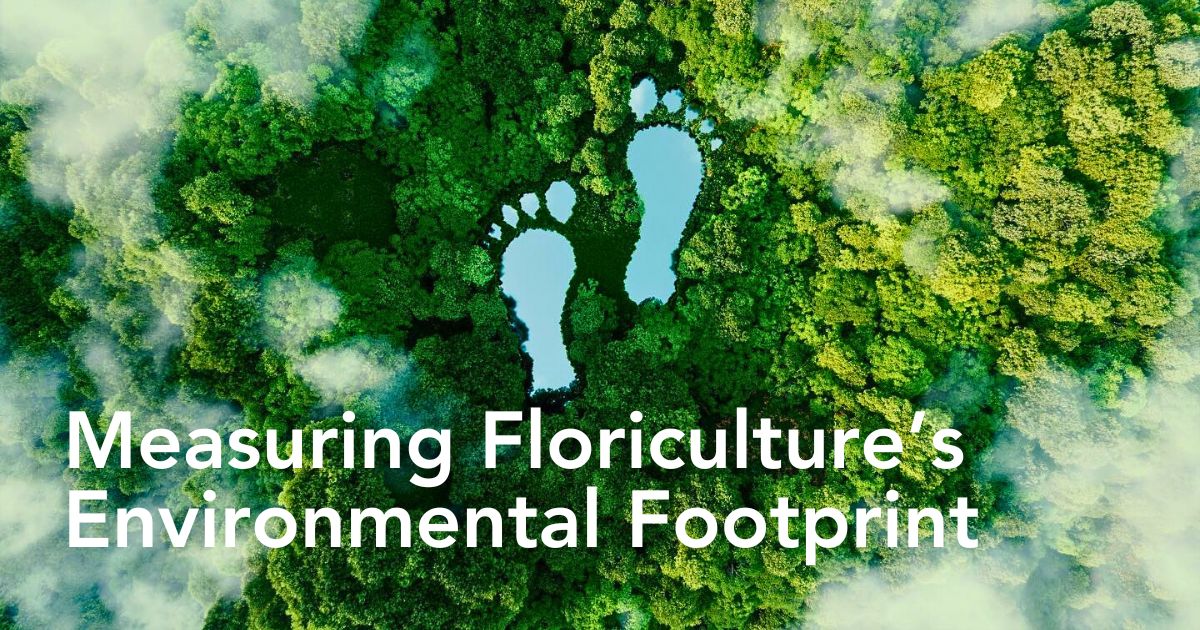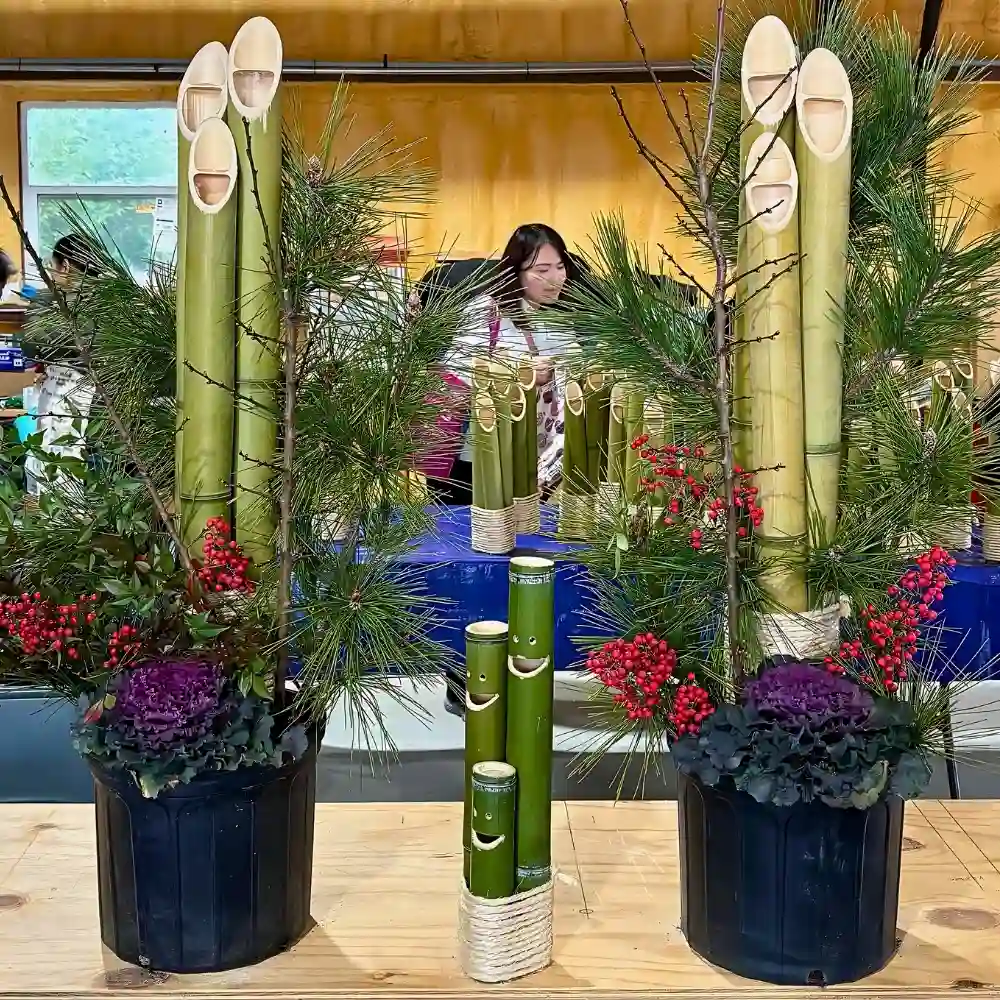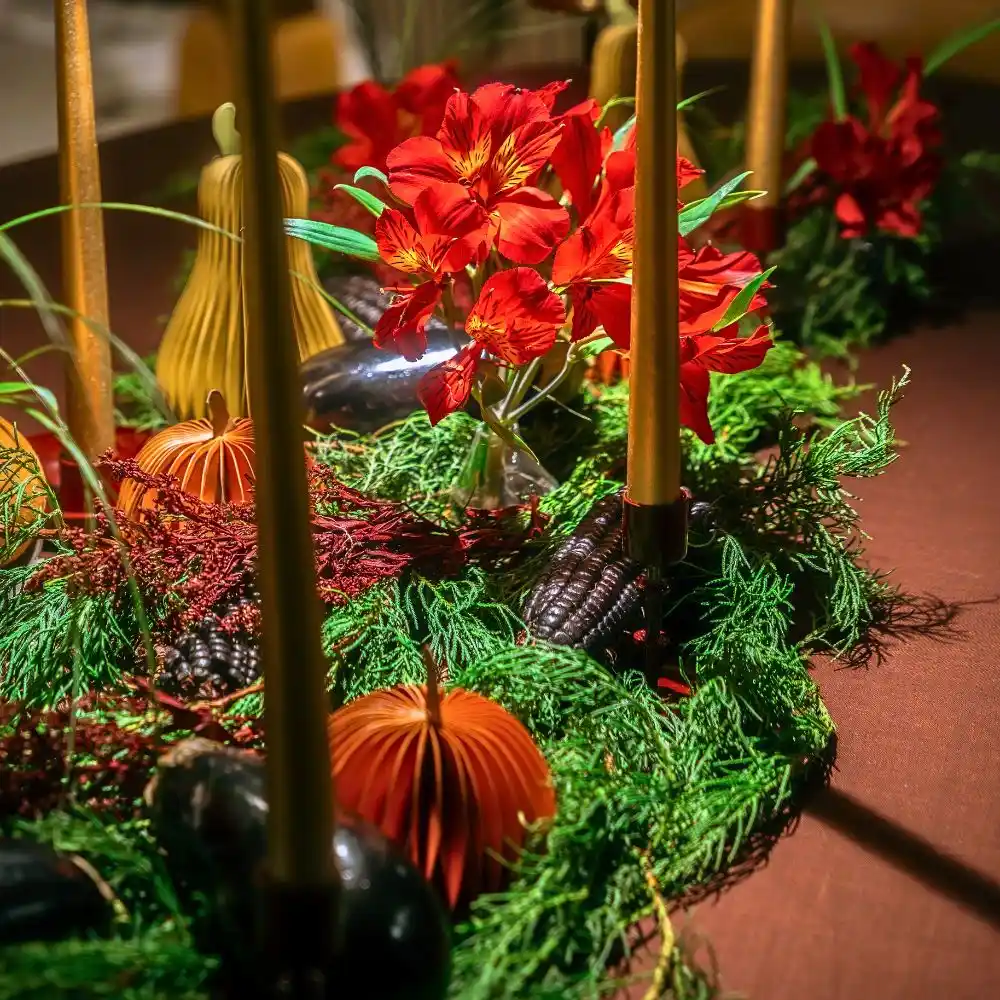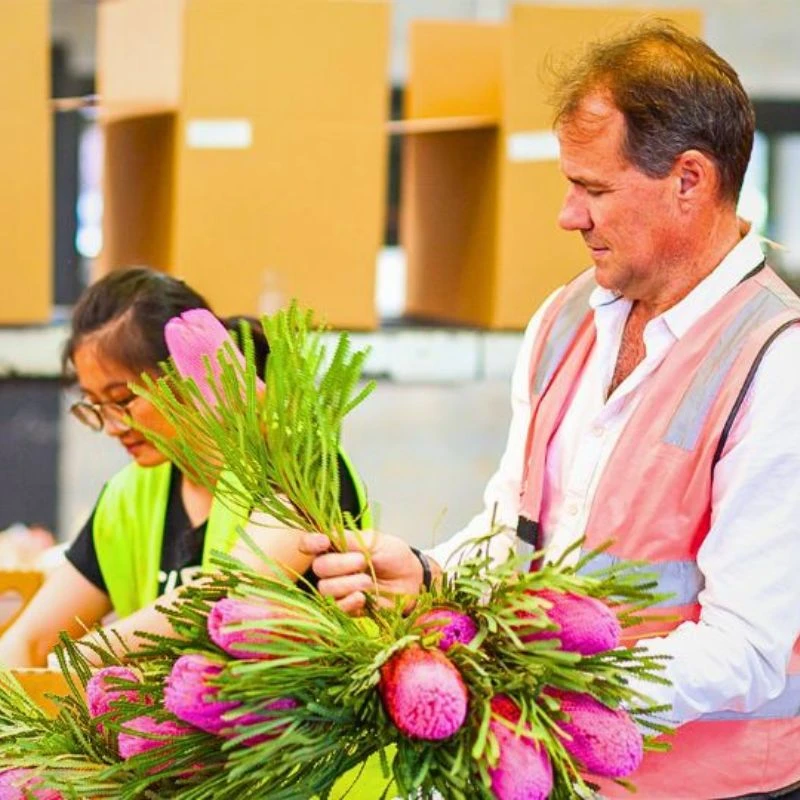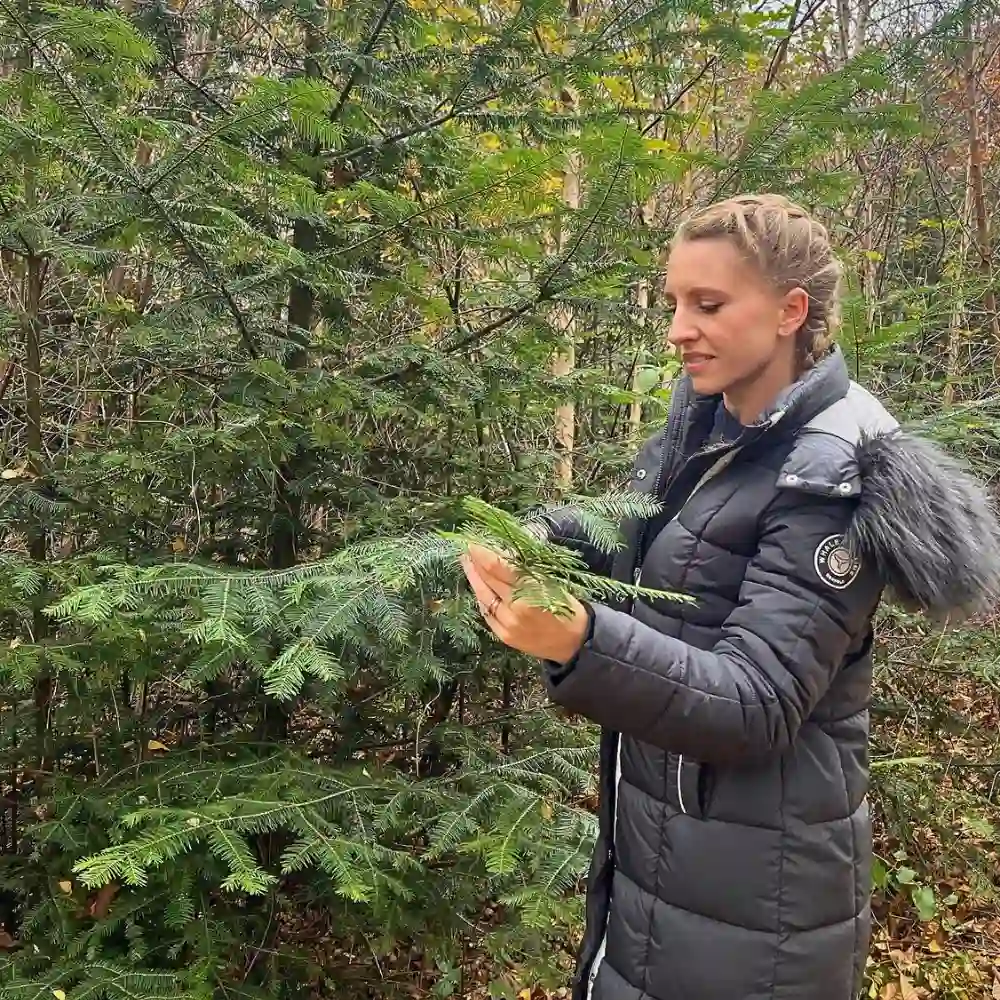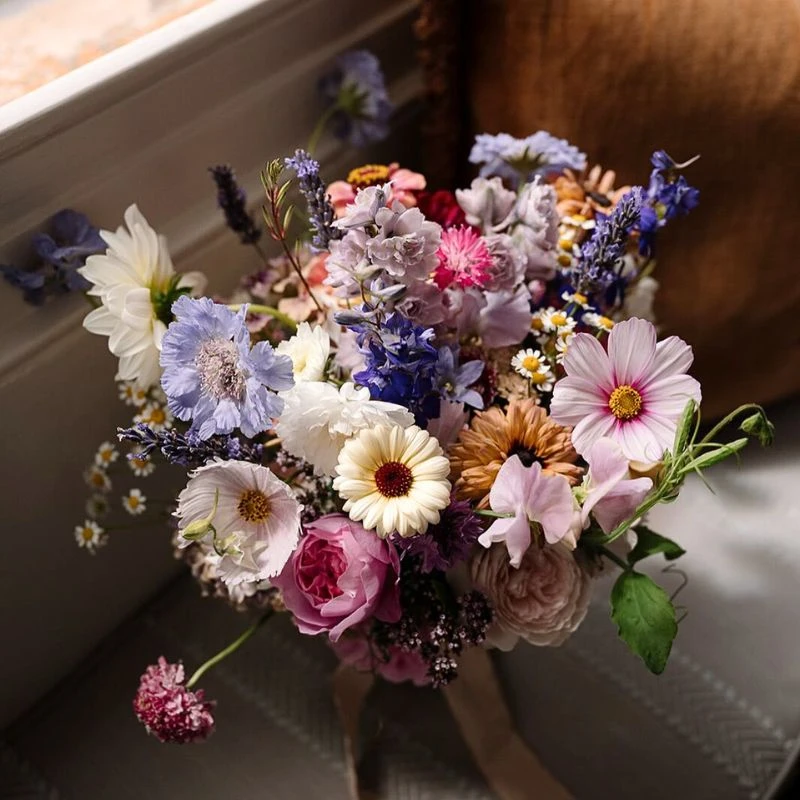When the European Union's Green Deal takes full effect, flower exports to Europe will require documented proof of their environmental footprint. Growers who cannot provide this data risk losing access to one of their largest premium markets. However, on October 2, at the Proflora 2025, Florverde Sustainable Flowers (FSF) announced a solution.
In a partnership with Greenhouse Sustainability, they will provide a tool for measuring environmental footprints to support the industry's goal of climate neutrality by giving producers the measurement tools required for compliance. The collaboration, unveiled at the October trade fair in Bogotá, took a year to develop. Here is what it entails.
Calculating Product-Level Footprints
Greenhouse Sustainability founder Henri Potze defined what the partnership delivers, noting that in their joint effort, they will offer a methodology to calculate the product-level footprint for the floral sector, which encompasses cut flowers, pot plants, ornamentals, and bulbs.
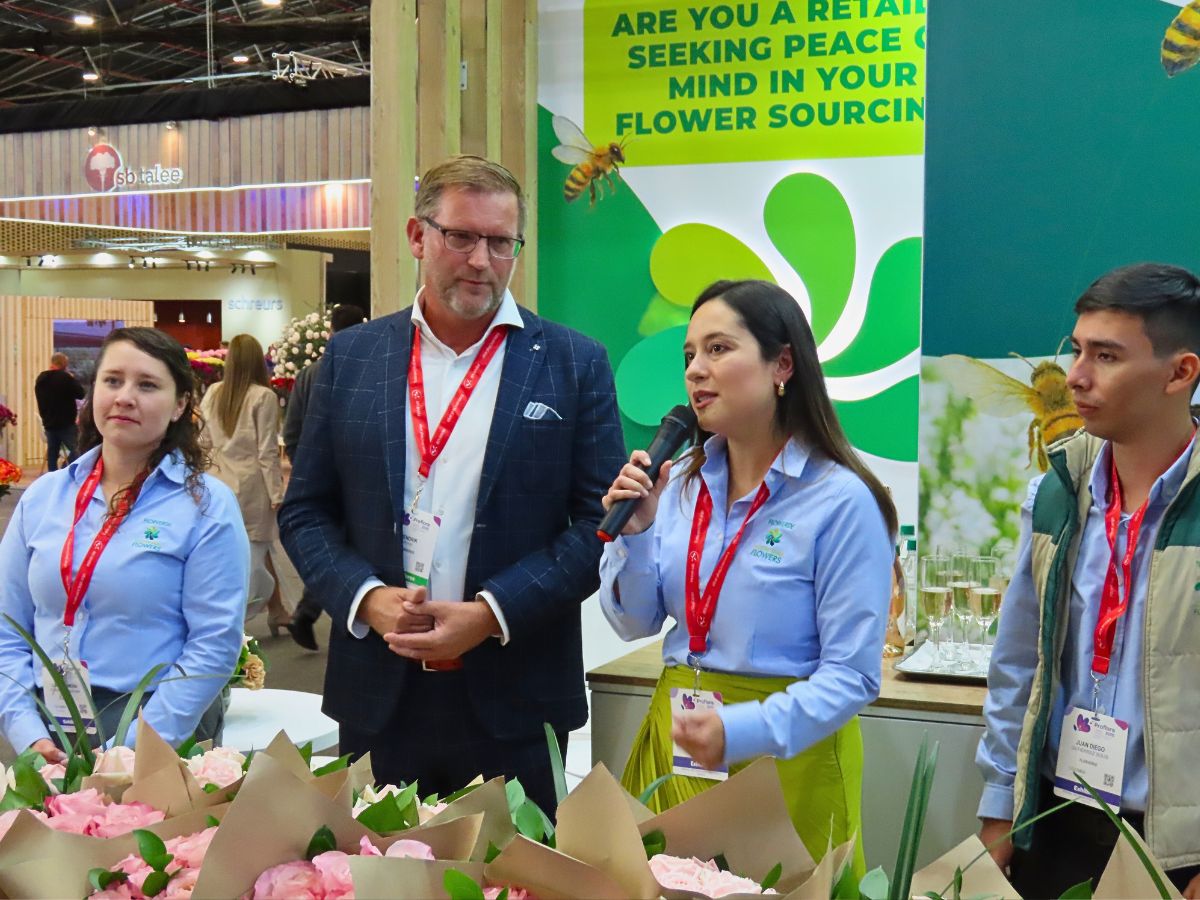
The tool measures environmental impact for each plant variety that a grower produces. This granular data matters because different flowers have different environmental footprints depending on production methods and logistics. Florverde, on the other hand, distributes the tool to its certified growers across Latin America, in an arrangement that gives producers standardized measurements that meet EU regulatory requirements while building on their existing certification infrastructure.
How It Works
Florverde’s network of certified farms will receive access to the footprint tool, allowing them to calculate emissions for their specific products and methods. For greenhouse-grown flowers, the tool measures energy consumption for heating, cooling, and lighting. It accounts for water usage, fertilizer application, and pesticide use. Transportation emissions factor in, including domestic transport to airports and international shipping. Packaging materials contribute to the final footprint measurement.
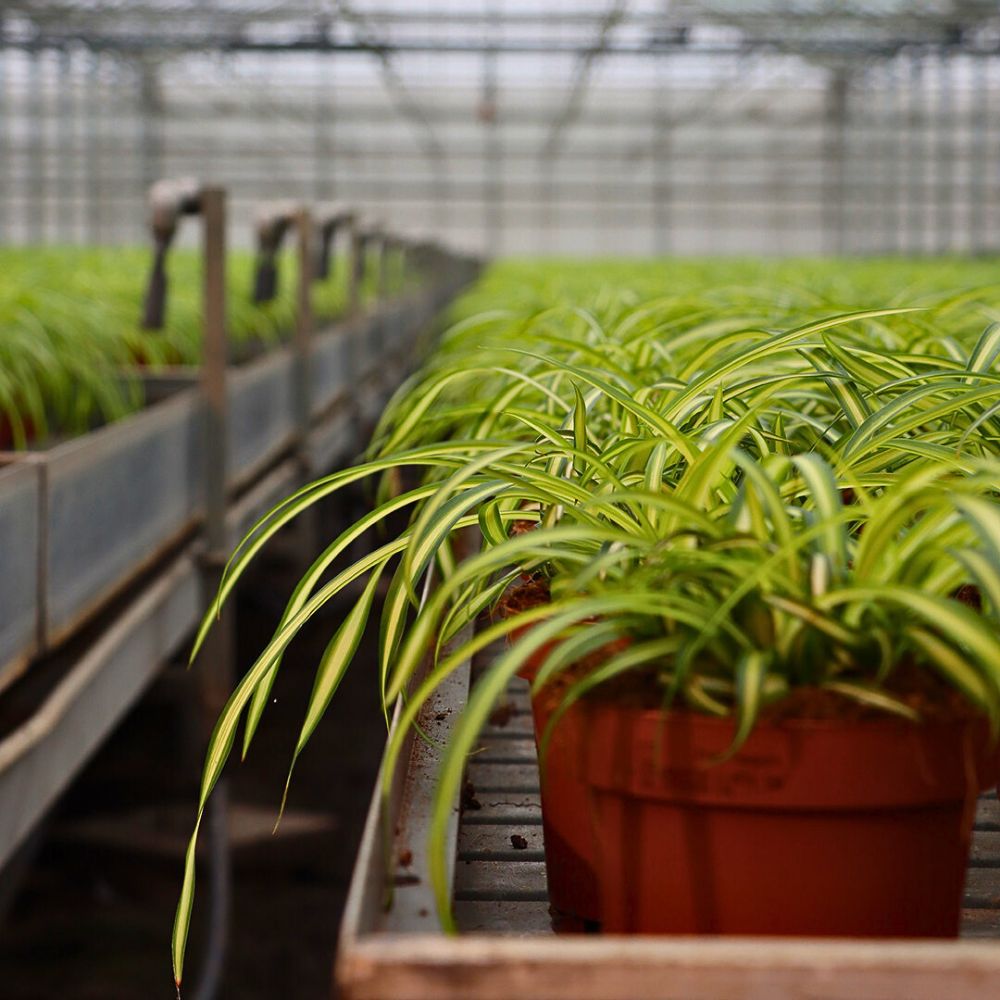
Once growers have baseline measurements, they can identify opportunities for reduction. A producer might discover that heating is their largest emission source, leading to investment in renewable energy or improved insulation. Another might find transportation dominates their footprint, prompting more efficient logistics or consolidated shipments.
For emissions that cannot be immediately eliminated, the system includes options for carbon offsetting through verified climate projects. However, the emphasis remains on actual reduction rather than offsetting alone. Henri stressed that the goal is genuine climate neutrality, not simply purchasing carbon credits to compensate for unchanged practices.
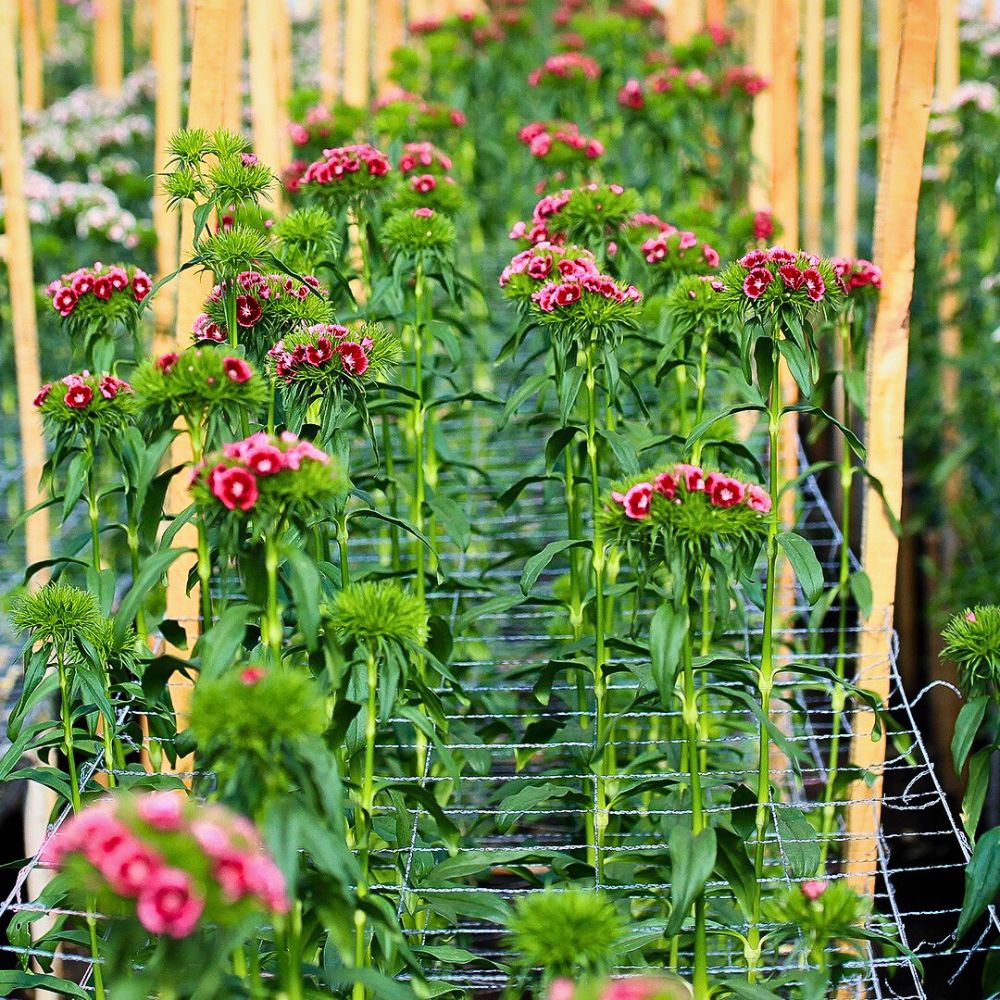
Compliance and Climate Goals
Henri also emphasized that the measurement’s purpose is not just for meeting regulations, but rather, the results and the insights will give a view of how sustainable a plant is or not. This, he insisted, is the most important thing.
Henri Potze:
“How can we try to become climate neutral in 2030, 2035, 2040? Well, to become climate neutral, you need to know where you are. And with the methodology, we can do it well. We are very happy and proud to do that together with a beautiful organization like Florverde.”
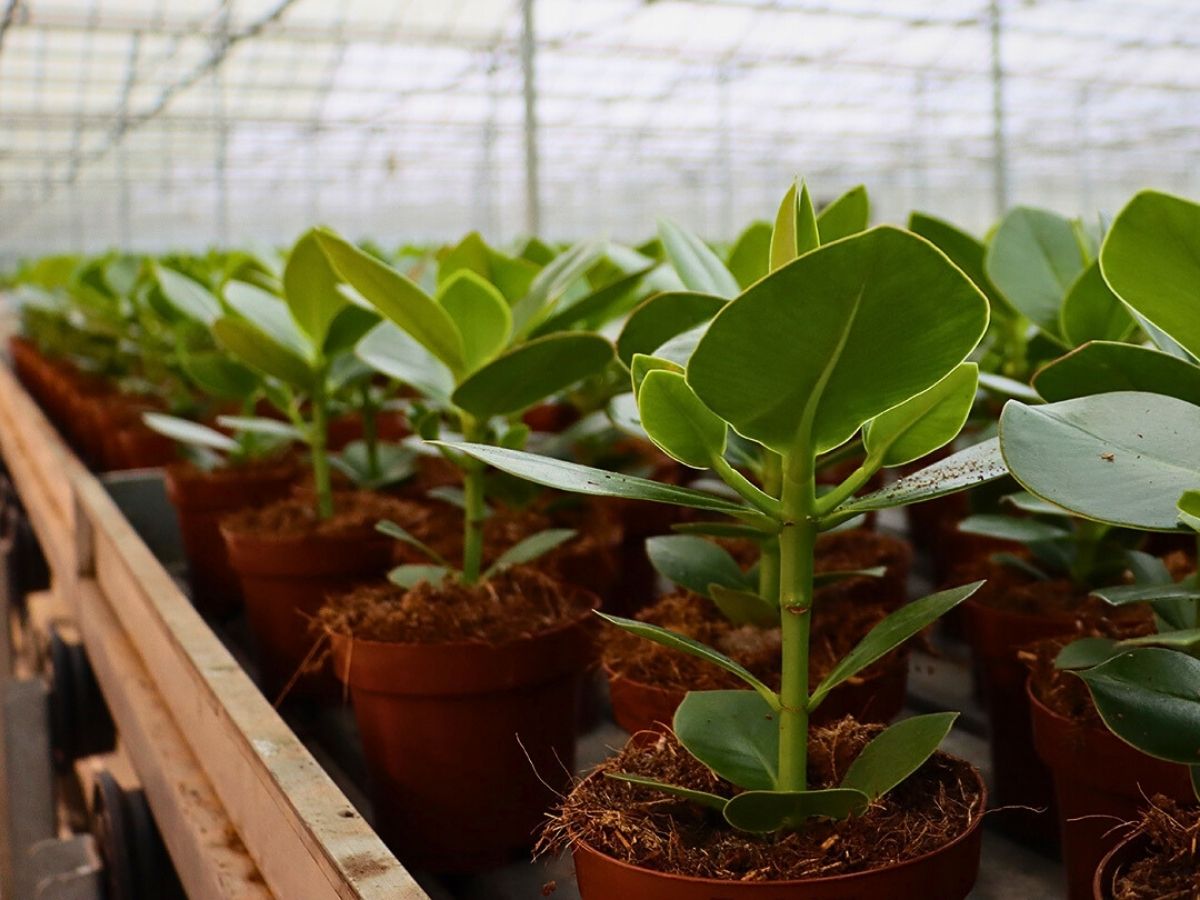
Basically, without baseline measurements, growers cannot identify their largest emission sources or track reduction progress. The tool, therefore, provides that baseline, allowing producers to make informed decisions about where to invest in efficiency improvements.
This addresses immediate market pressures. European retailers increasingly require environmental performance data from suppliers, and the Green Deal formalizes those requirements into law, which could make it harder for growers without footprint data, regardless of their actual sustainability practices, to comprehensively access the lucrative European markets.

Market Implications
The tool gives Florverde-certified growers a competitive edge. It enables them to meet requirements that will soon become mandatory. Outside Europe, other markets are moving in similar directions. North American retailers increasingly request sustainability documentation, and Asian markets show growing interest in certified sustainable flowers. Implementing measurement tools now means Latin American growers position themselves ahead of regulatory requirements in different markets.
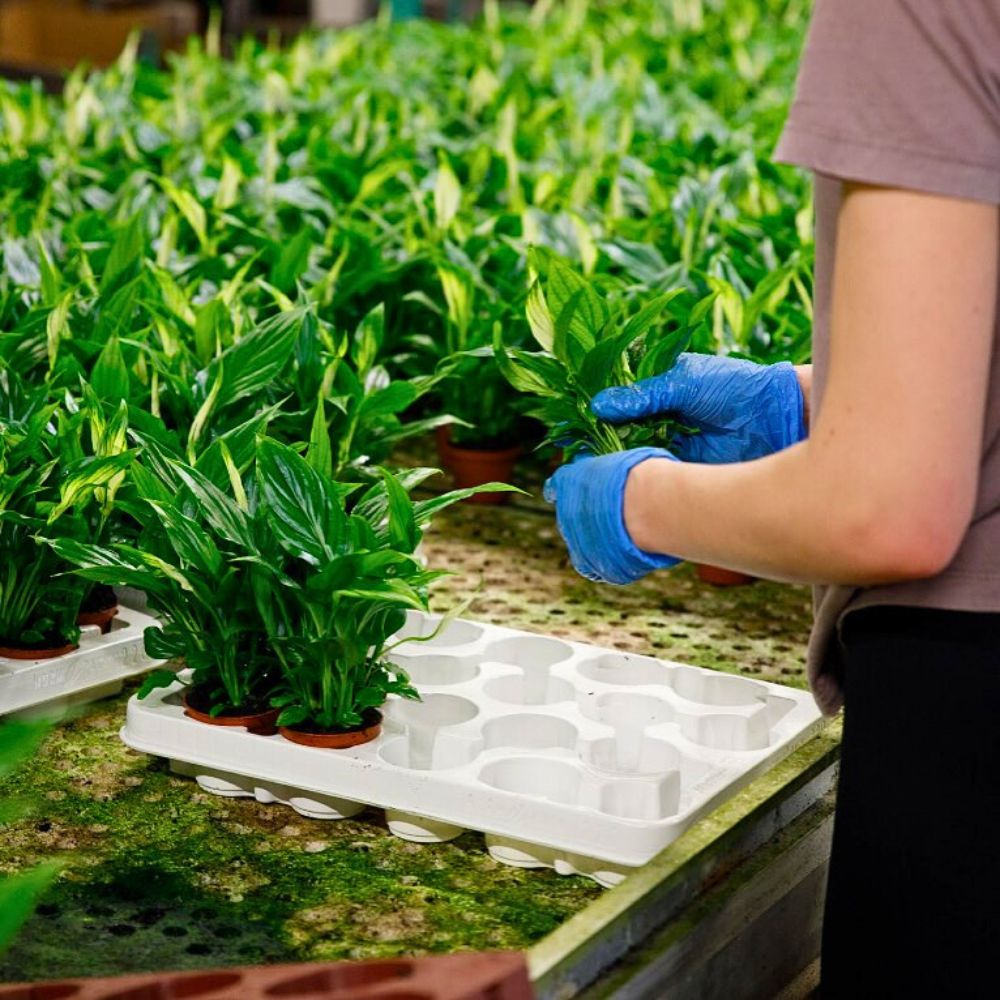
The partnership also shows how certification programs need to adapt to changing demands. While traditional certification focused on practices like documenting that growers followed specific protocols for pest management, water conservation, or worker safety, modern buyers want outcome-based metrics showing actual environmental impact. The Florverde-Greenhouse Sustainability partnership addresses that gap by adding quantitative measurement to qualitative certification.
Florverde’s Growing Scale
This announcement came as Florverde reported significant growth. Daniela España, the sustainability director at Florverde, said the organization has certified 9,000 hectares across Colombia and Ecuador—over 70% of eligible production in Colombia and approximately 50% of formal hectares in Ecuador.
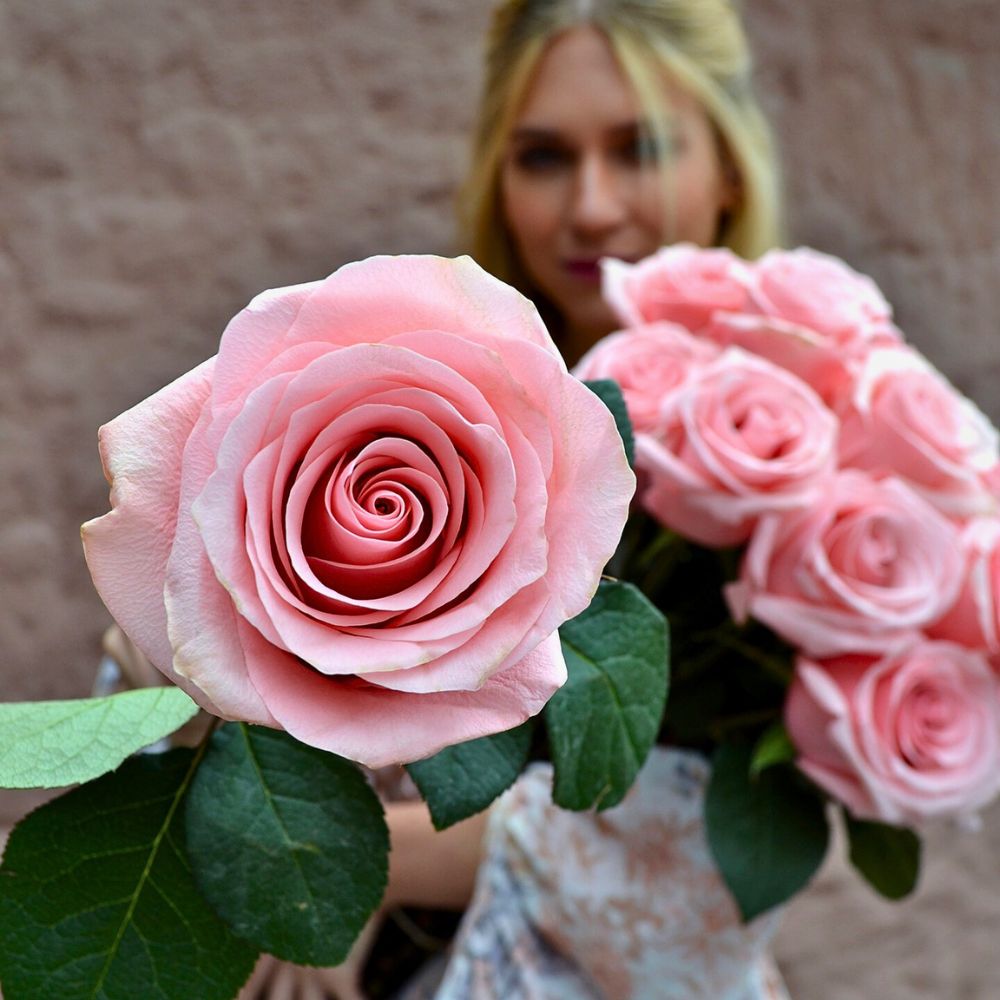
Daniela España noted:
“So we do not just export beautiful flowers to more than 100 countries, we also export good practices to the world. This is why next week we will be undergoing our own certification as Florverde.”
Also, notably, the organization's great scope gives the new footprint tool immediate scale, as the certified growers will gain access through their existing Florverde certification. Adding this footprint measurement to their already qualitative data strengthens the existing framework by providing quantifiable climate impact statistics.
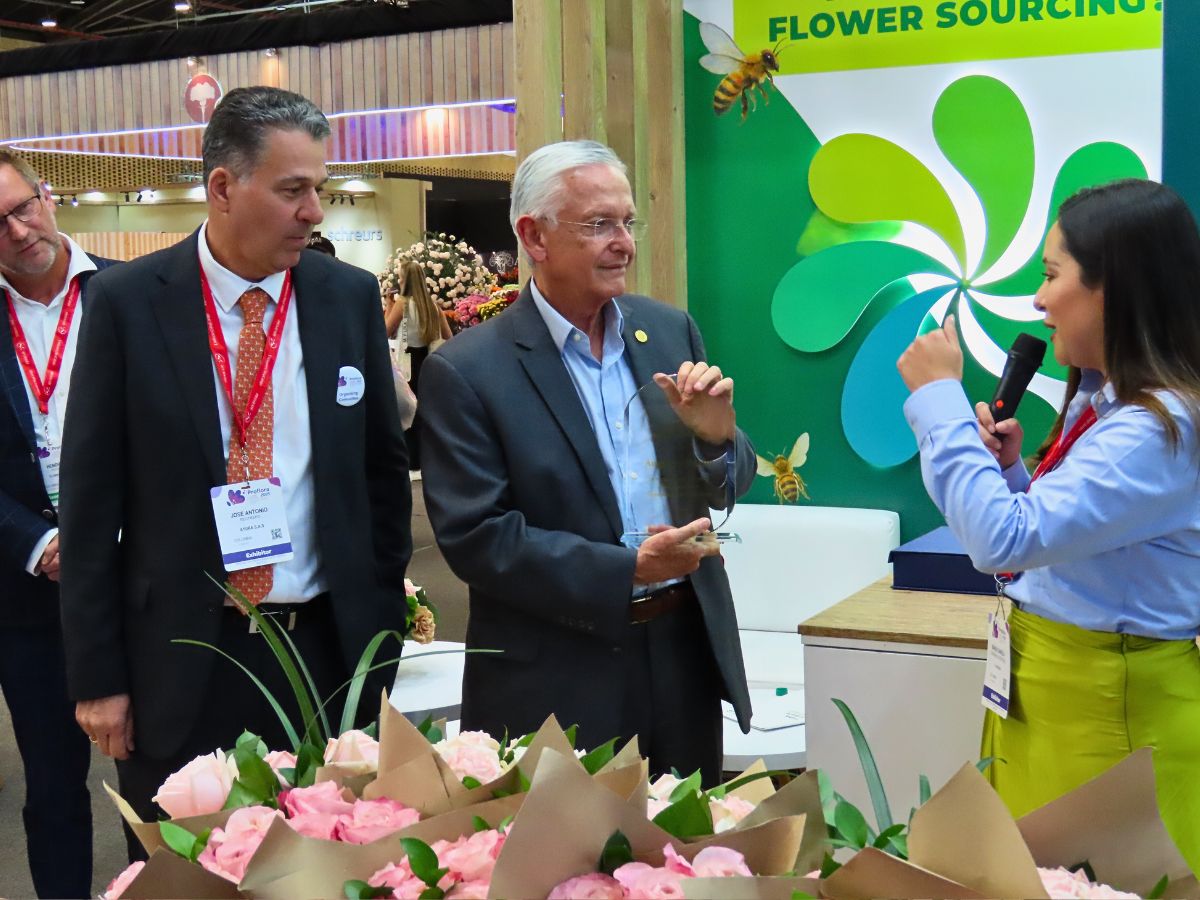
Industry Recognition
The event also honored Augusto Solano, the President of Asocolflores, for his lifetime of contributions to sustainability in floriculture. As a leader in Colombian flower production, he has worked to position Colombian growers as both competitive and responsible, sustainability-wise, in global markets.
In his acceptance remarks, Solano connected the new partnership to industry direction, noting that the alliance with Greenhouse Sustainability will be important and the next step for sustainability in the flower industry.

